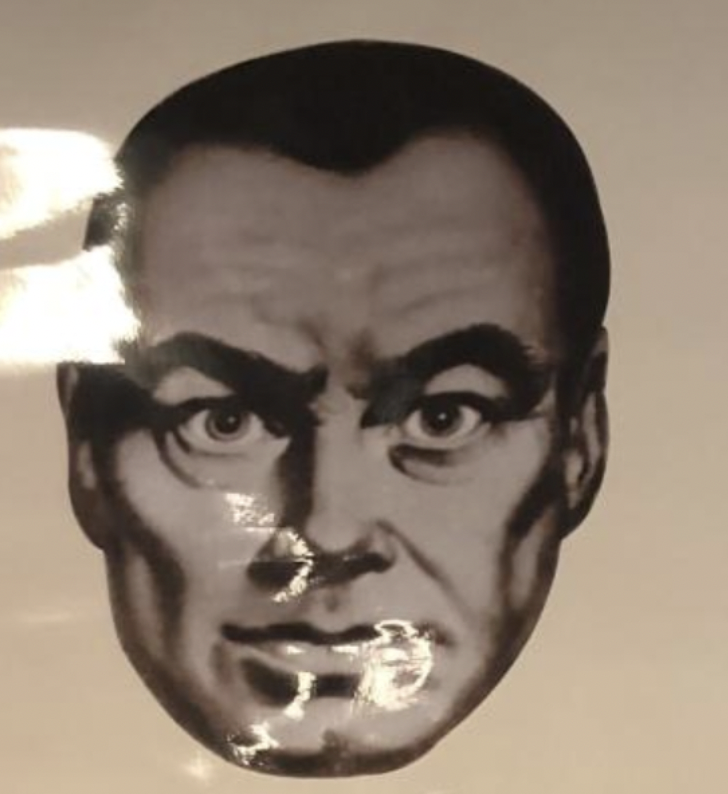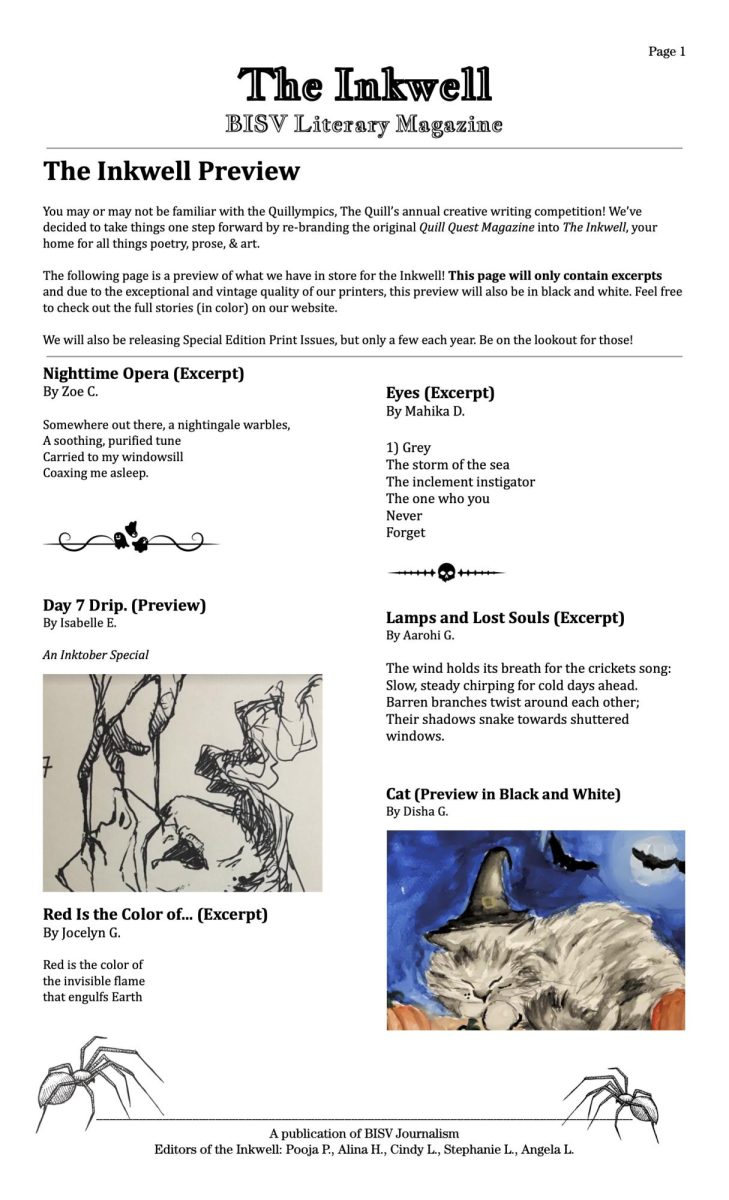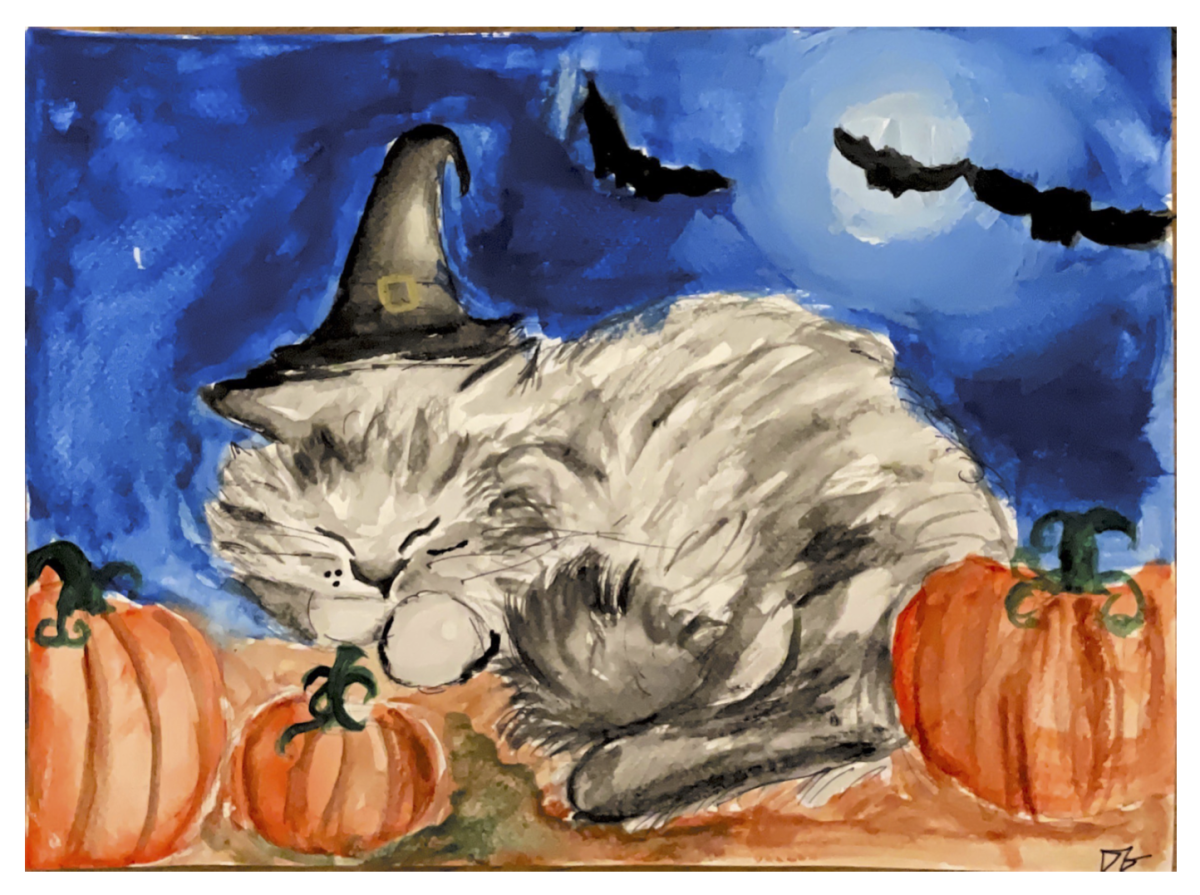Russian Doll starring and produced by Natasha Lyonne is the worst TV show I have ever seen. This show was largely concerned with Existentialism, the movement from the twentieth century questioning the lack of apparent purpose in human life, interpreting the meaning of the consequences of actions, and dealing with anxiety due to the uncertainty of life. Despite the clear expression of existential themes in the show, they just made the plot line more confusing and mentally exhausting to watch, rather than contributing to the experience of the viewer.
This show addressed Existentialist concepts like freedom of choice, authenticity, alienation, and absurdity. In this show, freedom of choice is shown through many incredibly rash decisions made by the characters that they, or at least their offspring, eventually come to regret. For instance, Nadia, the protagonist, decides to rob her grandmother’s house with her mother’s boyfriend while inhabiting her mother’s body. Although she didn’t know she was inhabiting her mother’s body, that she was robbing her grandmother’s house, or that the man she was hanging out with was her mother’s boyfriend, she had the common sense to know that that man was shady. She was also fully aware that they were robbing a house, which is inherently immoral. She definitely could have stopped it. But instead, she ended up stealing all of her grandmother’s wealth (her inheritance). Moreover, Nadia’s individuality is reflected through her distinctive personal style. With her curly red hair, dark smoky eye makeup, and black-wash skinny jeans, Nadia resembles a dark millennial version of Brigitte Bardot, the French style icon in the 1960s. Lyonne shows the feeling of alienation by making Nadia inhabit her Jewish grandmother’s body during the era of Nazi Germany. Nadia realizes the value and strength of her grandmother, as she escaped the Nazis.
When I presented on this show for my Multiversal Fiction class, I was given a time slot of 15 minutes to present. However, I took the full forty-five minutes of the class because it was so hard for my fellow students to comprehend the plot. I was constantly stopped because students were flabbergasted by what they heard and couldn’t help but ask clarifying questions. One of the questions was “So Nadia gave birth to herself while inhabiting her mother’s body… and then ran away with the baby version of herself? How? Why?” My reaction was— as should be expected— “I don’t know. I wish I did.” Maybe Lyonne was thinking deeper than us, but a more likely explanation, considering that a classroom of high school seniors couldn’t understand what she was trying to achieve, is that Natasha Lyonne’s ideas were not well articulated.
One scene that particularly puzzled me was the water chamber scene in the last episode. In this scene, Nadia, in her original body, and her friend Alan fall through the same hole in the floor of the subway, and they somehow land in two separate water chambers that look like flooded minimalist monasteries. Nadia was holding the baby when they fell, which completely confused me. I didn’t understand how the baby and Nadia both survived such a long fall, how Alan and Nadia were in different water chambers and how they could still hear each other. However, what confused me the most was the purpose behind the water chamber scene. The scene’s only perceivable purpose was to be aesthetically pleasing for the viewer, but I am unable to grasp what deeper meaning Lyonne wanted to put into this scene.
Although Lyonne wanted to make a show about Existentialism, her execution was mediocre at best. Some Existentialist concepts are obvious, but the meaning behind a lot of the scenes is unclear. Had Lyonne created a simpler plot line or toned down the absurdity of her production, Russian Doll would have been easier to watch and much more enjoyable for her audience.

















![Teacher [Milk] Tea: Part 2](https://bisvquill.com/wp-content/uploads/2024/03/Screen-Shot-2024-03-19-at-9.28.48-PM.png)


































